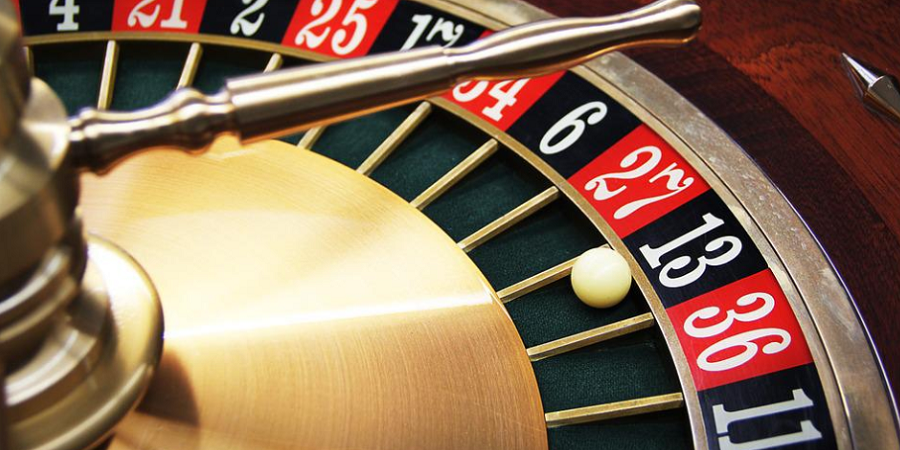People tend to choose roulette based on how approachable it is. Bet on the right color and you double your winnings. Simple, right? If you choose to play this way, it can very well be. But what if you were to delve deeper and discover 3 intermediate to advanced betting strategies that have the potential to bring your winnings to the next level? If that got you on the hook, keep on reading because we are about to reveal the secrets you’ve been craving for:
1. The Martingale system
Out of all the options, the Martingale system the simplest to comprehend, so we’ll cover it first. In essence, it’s all about doubling your bet size every time you lose a bet so you can recuperate your losses and gain a little bit in profits. As soon as you land a winning bet, you go back to the starting point with the bet size; the intent is to keep it to the minimum and thus reducing your level of risk. In order for the system to work best, stick to games with a low minimum bet and a high maximum bet. By doing so, you get a generous amount of potential misses; in other words, it would probably take 10 consecutive losing bets for the system to crumble, which is unlikely (but possible given a large enough sample size).
2. The D’Alembert system
While the Martingale system we’ve described above is a good way to get your feet wet, one of the most common criticisms it faces is its inherently risky nature. In other words, things have the potential to spiral out of control. The D’Alembert system is similar in terms of increasing your bet size when you lose, but instead of doubling it, you increase it by one chip (and decrease it by the same amount when you win). With this, the chances of going bust are much lower in comparison. Just like the Martingale system, this is a classic you can apply to other games like Yggdrasil Casino slots to keep you in it longer and thus prolonging your experience and enjoyment.
3. The Fibonacci system
The Fibonacci system is named after the famous mathematician. In essence, your betting pattern will always be a sum of the last two bets made. Using concrete numbers, it looks like this:
1, 1, 2, 3, 5, 8, 13, 21, 34, 55… (and so on and so forth)
So if you lost $3 and won $5, you next bet will be $2 (five minus three). When you stabilize by hitting some consecutive wins, you continue with the minimum bet and restart the pattern all over again (you know the drill). So in a way, this is also a variation of the Martingale system, but designed in a way to spread out the risk in a different way.
Conclusion
The betting strategies we’ve unveiled today all work. Now it’s your turn to choose the one you like best (or perhaps even a combination of them) and stick with it until the end to see where it leads you. Do you dare test your newfound knowledge by taking it for a spin?










